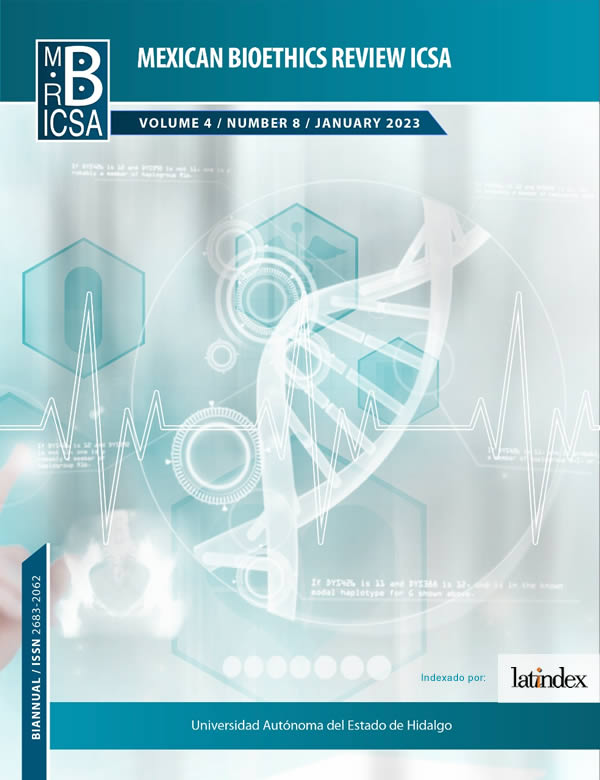The Privacy control in the most used mobile health applications in Mexico during the first year of the COVID 19 pandemic
Abstract
The COVID 19 pandemic meant changes in people's lives because the health authorities of each country promoted confinement to reduce the speed of contagion, avoid the collapse of health systems. In such a situation, the use of mobile applications was essential to maintain the continuity of activities such as work, education and entertainment. Additionally, some countries took advantage of the use of mobile applications to facilitate the monitoring of the pandemic and the early detection of new infections through a diagnostic scale. Although the use of this type of tool is promoted, it has many advantages and is promoted by the World Health Organization, the results of different investigations reveal areas of opportunity that prevent adequate treatment of personal data.
This report presents the results of the first investigation of its kind in Mexico, in which the most used mobile health applications in the country during the first year of the pandemic were identified, as well as the conditions they offered to make their applications transparent. practices in terms of data processing and functionalities arranged so that people maintain control of their data and therefore their privacy. Although the results are applicable in the first instance to health applications, in the opinion of the researcher it is estimated that the methodology and recommendations may be useful for technologies that use similar data treatment schemes.
Downloads
References
Agudelo, M., Chomali, E., & Suniaga, J. (2020). Las oportunidades de la digitalización en América Latina frente al Covid-19. https://repositorio.cepal.org/bitstream/handle/11362/45360/4/OportDigitalizaCovid-19_es.pdf
Chan, S. (2021). Global Consumer Spending in Mobile Apps Reached a Record $111 Billion in 2020, Up 30% from 2019. Sensor Tower Blog. https://sensortower.com/blog/app-revenue-and-downloads-2020
Felizi, N., & Varon, J. (2016). MENSTRUAPPS – How to turn your period into money (for others). https://chupadados.codingrights.org/es/menstruapps-como-transformar-sua-menstruacao-em-dinheiro-para-os-outros/
Knorr, K., Aspinall, D., & Wolters, M. (2015). On the Privacy, Security and Safety of Blood Pressure and Diabetes Apps. IFIP Advances in Information and Communication Technology (p. 1-14). Switzerland: Springer Nature Switzerland AG.
Martinez et. al. (2015). Privacy and Security in Mobile Health Apps: A Review and Recommendations. Journal of Medical Systems.
Organización Mundial de la Salud [OMS]. (2011). Estrategia y Plan de acción sobre eSalud. Washington, D.C., E.U.A.
Redacción BBC. (2018). 5 claves para entender el escándalo de Cambridge Analytica que hizo que Facebook perdiera US$37.000 millones en un día. https://www.bbc.com/mundo/noticias-43472797
SaaS Rank. (2021). Datos y estadísticas de SaaS y mercado de las apps en 2021. https://saasrank.es/datos-estadisticas-de-saas-mercado-apps-en-2021/
Solove, D. J. (2008). Understanding Privacy. United States: Harvard University Press.
Steel, E., & Dembosky, A. (2013). Health apps run into privacy snags. Financial Times. https://www.ft.com/content/b709cf4a-12dd-11e3-a05e-00144feabdc0
Trepte, S. (2020). The social media privacy model: Privacy and communication in the light of social media affordances. Communication Theory.
Universidad Nacional Autónoma de México [UNAM]. (2021) Pandemia acelera 10 años el uso de tecnologías digitales. Boletín UNAM-DGCS-419. https://www.dgcs.unam.mx/boletin/bdboletin/2021_419.html
Copyright (c) 2023 Jesús González

This work is licensed under a Creative Commons Attribution-NonCommercial-NoDerivatives 4.0 International License.









